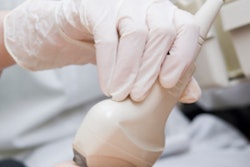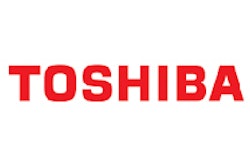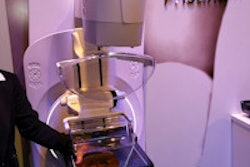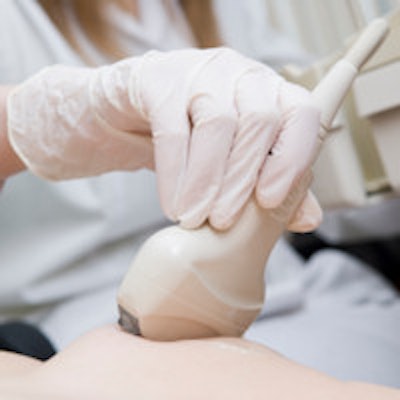
Today, an ultrasound system is almost as common in the emergency room as in the radiology department. However, the unique characteristics and functionality of ultrasound that have allowed application diversification is also creating some significant challenges, most notably in integration with rapidly expanding healthcare IT networks. Below, we assess how ultrasound will fare against these challenges in the new "digital" era of interoperability.
Recent market figures highlight the gross change in clinical application use of ultrasound. In 2014, only 49% of unit shipments of ultrasound in Western Europe were sold into "traditional" ultrasound applications (radiology, cardiology, and obstetrics and gynecology); compare this with a decade ago (75%), the change in use to applications such as emergency medicine, interventional cardiology and anesthesiology is pronounced.
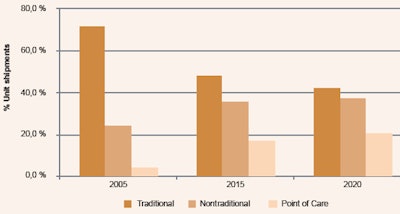 Changing use of ultrasound across clinical spectrum.
Changing use of ultrasound across clinical spectrum.This change occurred because of three main developments: the inherent and unique flexibility of ultrasound imaging (real-time, noninvasive, and radiation dose-free); the rapid progression in ultrasound technology allowing smaller, more efficient devices with greater resolution; the expansion and development of new clinically specific ultrasound toolsets for both diagnostic and procedural use (e.g., needle guidance technology for nerve block procedures). As a consequence, ultrasound spread across hospitals and clinics, becoming increasingly embedded in the multiple clinical workflows.
While this dramatic change has multiple benefits, it has created some new challenges too. Healthcare is careering into the digital era, spurred by electronic medical records (EMR) IT system adoption and development of countless information handling and workflow tools. For radiologists, this has not really been a surprise, as PACS have been well-established and used for almost two decades.
For users in new application areas of the ultrasound, the new digital era is causing some headaches. Unique measurement tools and clinically specific ultrasound scan data do not always easily transfer onto legacy departmental IT systems. Ask the majority of radiologists to send advanced diagnostic ultrasound scans to an oncologist on the other side of the hospital and most will struggle.
Admittedly, there are "bolt-on" software solutions that can help integrate ultrasound data into the hospital network and archive, but far too often they can be proprietary in nature or require significant additional processing. This is compounded further due to the breadth of ultrasound tools and measurements now available, each requiring specialist software and solutions to interface with a patchwork of departmental, hospital-wide, or even network-wide systems.
So what is the solution? Unfortunately, as most clinicians and health administrators well know, with healthcare IT adoption, there is rarely a simple or quick fix. Vendors can do more to ensure scans in all clinical disciplines can be simply transferred to existing health infrastructure without the need for specialist software patches. Health providers should ensure health IT infrastructure is nonproprietary and can support the expanding variety of measurements and diagnostic tools now used across the hospital in ultrasound. Clinicians also have a role to play, both in driving new collaboration across the hospital with peers in other clinical departments and holding to account hospital management that persists with IT networks that fail to properly support ultrasound in all applications.
Ultimately, most will agree full compliance to the above solutions is unlikely anytime soon, thanks to vendor competition, tightening health budgets, interdepartmental politics, and the growing layers of health IT complexity. If the last decade has taught us anything, we should know that ultrasound can still offer a wealth of new diagnostic and procedural application across the clinical spectrum.
Yet without compliance, we risk a future of "integrated care" that fails to capitalize on the unique benefits full ultrasound integration can bring.
Stephen Holloway is an associate director with IHS Healthcare Technology. IHS Healthcare Technology provides market research and consultancy services to the medical device industry. Coverage includes medical imaging equipment, clinical care devices, healthcare IT, and digital health technologies.
Originally published in ECR Today on 2 March 2016.
Copyright © 2016 European Society of Radiology





